Asean-GCC economic axis: the Global South’s answer to US volatility?
The two blocs’ emerging alliance looks to leverage each other’s strengths to buffer both regions from tariffs and US-China trade tensions
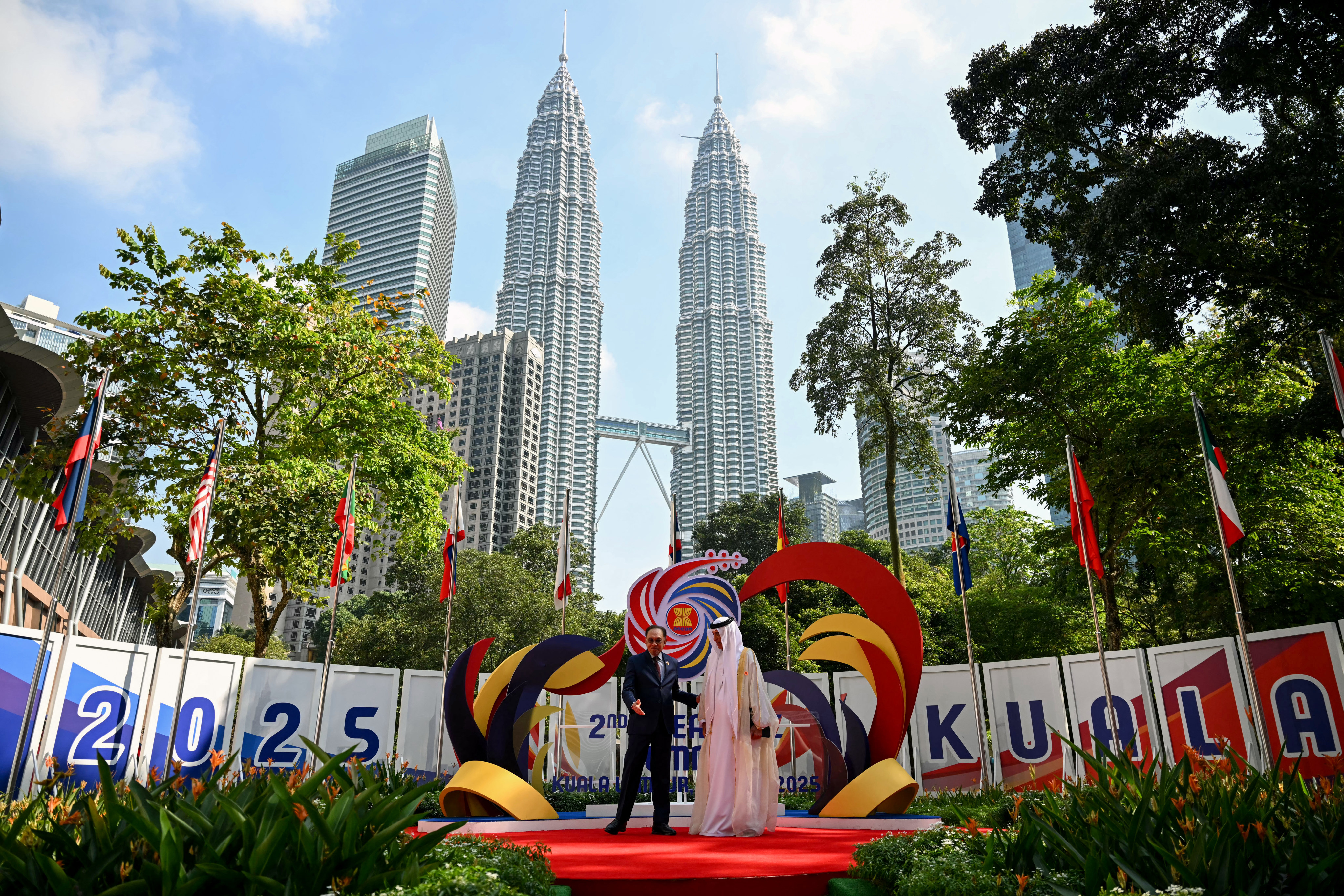
When Gulf leaders touched down in Kuala Lumpur for a summit with the Association of Southeast Asian Nations this May, the ink was barely dry on their massive investment pledges of some US$2 trillion in the United States to placate President Donald Trump.
But as the summit doors closed, the senior officials from the Gulf Cooperation Council (GCC) turned their attention eastward, towards forging a pan-Asian economic zone reminiscent of Brics that could shield them and Asean from the unpredictability of Washington’s erratic tariffs and dictates.
“The need to diversify trade away from an unpredictable US administration is likely to further fuel new links, including with GCC countries,” said Jayant Menon,, a visiting senior fellow at the ISEAS–Yusof Ishak Institute in Singapore.
Asean and the GCC – comprising Saudi Arabia, the United Arab Emirates, Qatar, Kuwait, Oman and Bahrain – “have been trying to increase trade and investment links for some time now”, Menon told This Week in Asia.
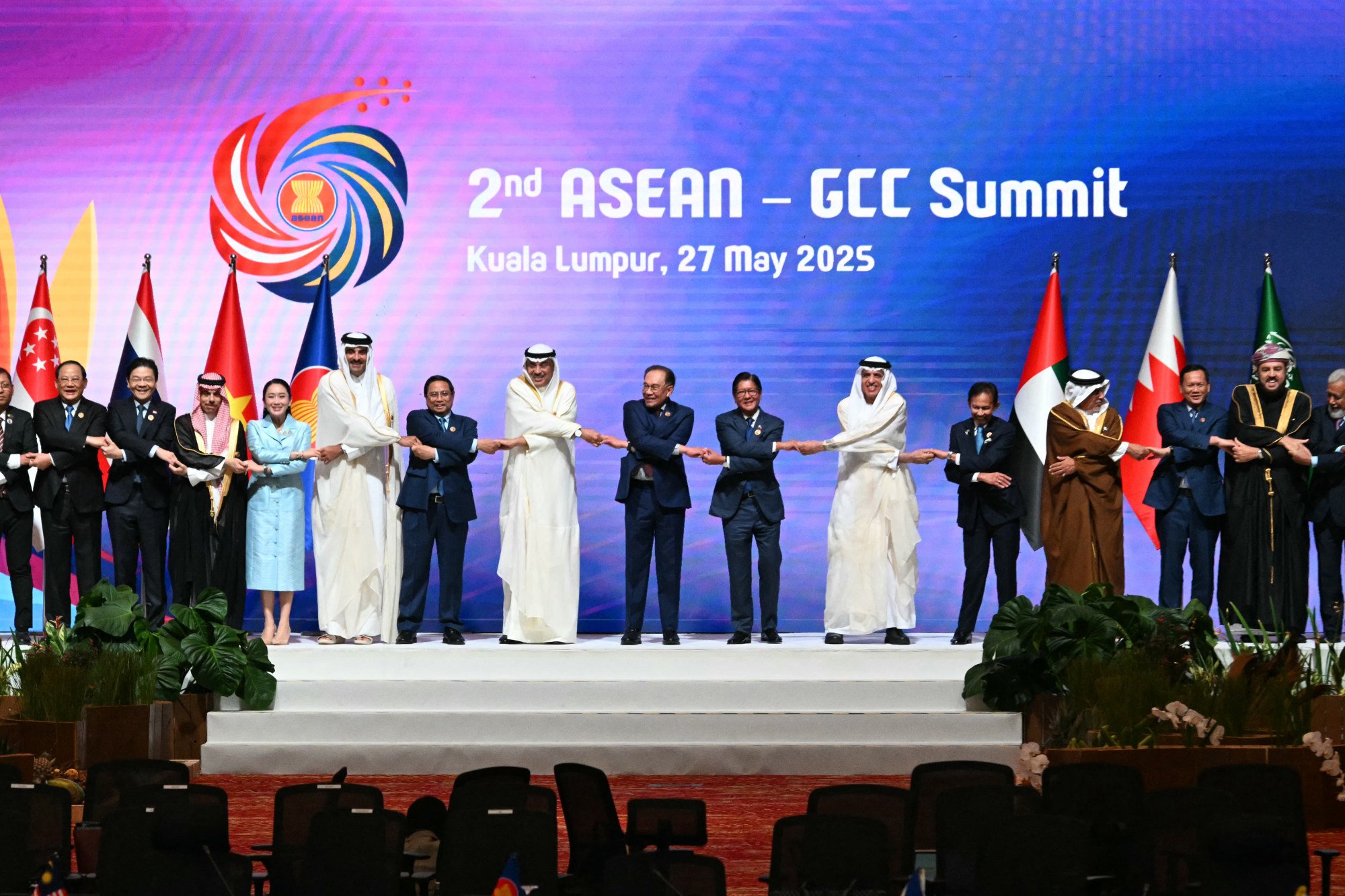
He said a decision made last year to pursue a free-trade agreement between the two blocs had been “empowered” by May’s summit, when leaders agreed to commission a feasibility study into an Asean-GCC free trade pact.
There were also discussions among Asean, GCC and Chinese officials in Kuala Lumpur about a potential trilateral free-trade agreement “at some point”, according to Nguyen Dang Dao, regional coordinator for South and Southeast Asia at the London-based Bourse & Bazaar Foundation, an economic think tank.
“If this materialises, it could create another strong force, alongside Brics, to boost intra-Asia trade and investment opportunities”, Dao said.
Such a pact would offer a buffer against the fallout from the US-China trade war, economic decoupling and US tariff barriers, he said, as well as regulatory scrutiny under the US-led Indo-Pacific Economic Framework (IPEF).
Brics, a 10-member bloc that includes founders China, Russia and India and Brazil, as well as newer entrants like Iran, Egypt and Indonesia, today represents nearly half the world’s population. The IPEF, meanwhile, brings together most Asean members and major Asia-Pacific economies such as Japan, South Korea and Australia – but notably not China.
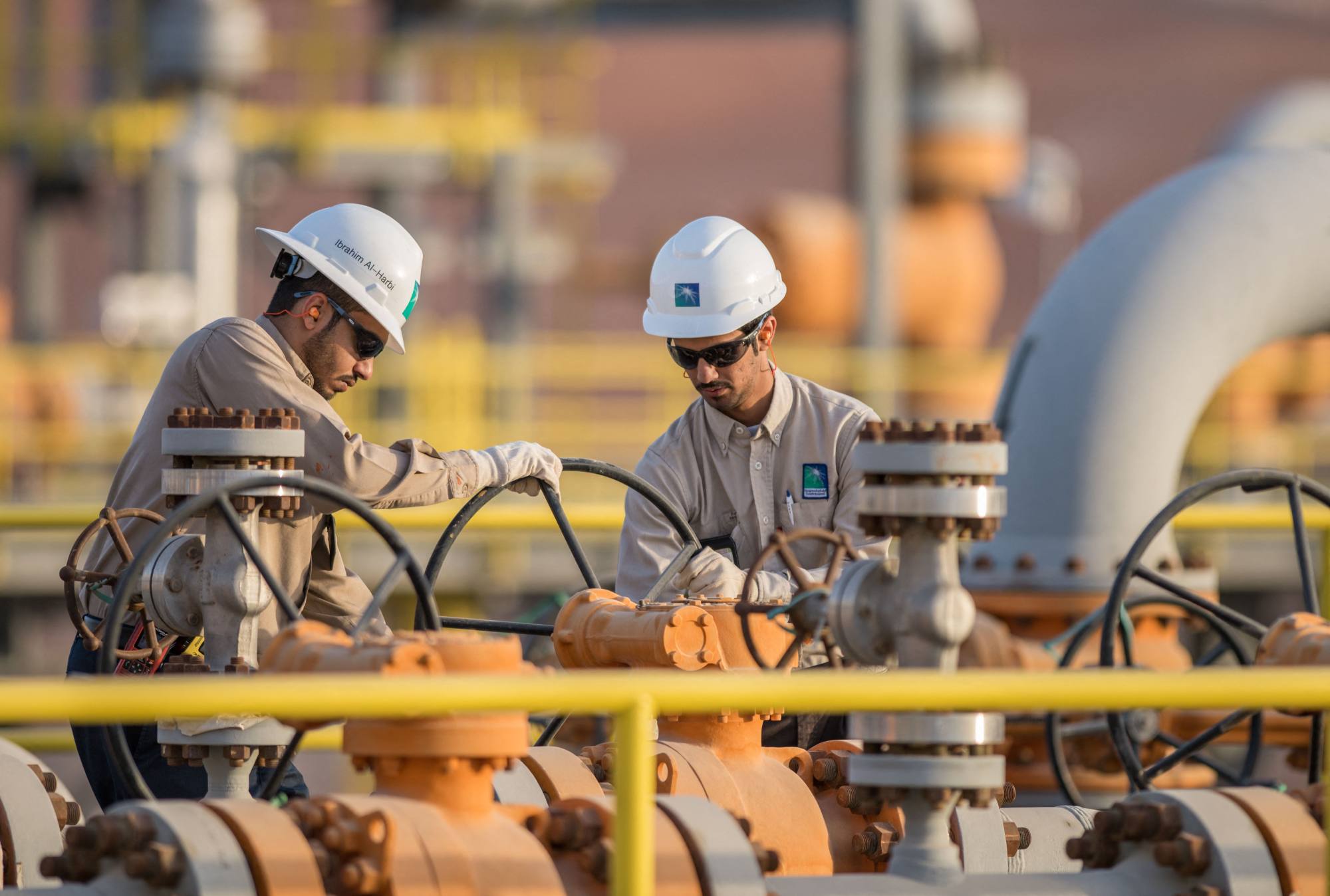
Complementary strengths
An Asean-GCC agreement could build on the existing free-trade agreement between China and Asean, “particularly as Chinese and Asean leaders have been working to improve regional connectivity corridors”, Dao said.
He said “these efforts may lay the groundwork for important new trade routes” linking Chinese manufacturing, Asean’s vast labour pools and consumer markets, and the Gulf’s energy infrastructure and logistics hubs.
Unhandled type: inline-plus-widget {“type”:”inline-plus-widget”}
The two blocs are “well aligned”, according to Ahmed Aboudouh, head of the Emirates Policy Centre’s China studies programme in Abu Dhabi. Their synergy was “centred on each side’s comparative advantages, therefore facilitating the integration of markets and supply chains”, Aboudouh said.
Asean offered an advanced industrial base, skilled and affordable labour and extensive trade links, while the GCC boasted formidable energy reserves, open markets, a strategic crossroads location and world-class infrastructure, he said, “making them [both] major trade hubs”.
Their alignment is increasingly focused on energy, infrastructure, the digital economy and sustainability, according to Muhammad Zulfikar Rakhmat, director of the China-Indonesia Desk at the Centre of Economic and Law Studies in Jakarta.
“Both blocs prioritise trade facilitation, financial integration and green growth,” he said, adding that their “growing focus” on Islamic finance, halal industries and innovation-driven sectors also signalled “a clear convergence in policy priorities”.
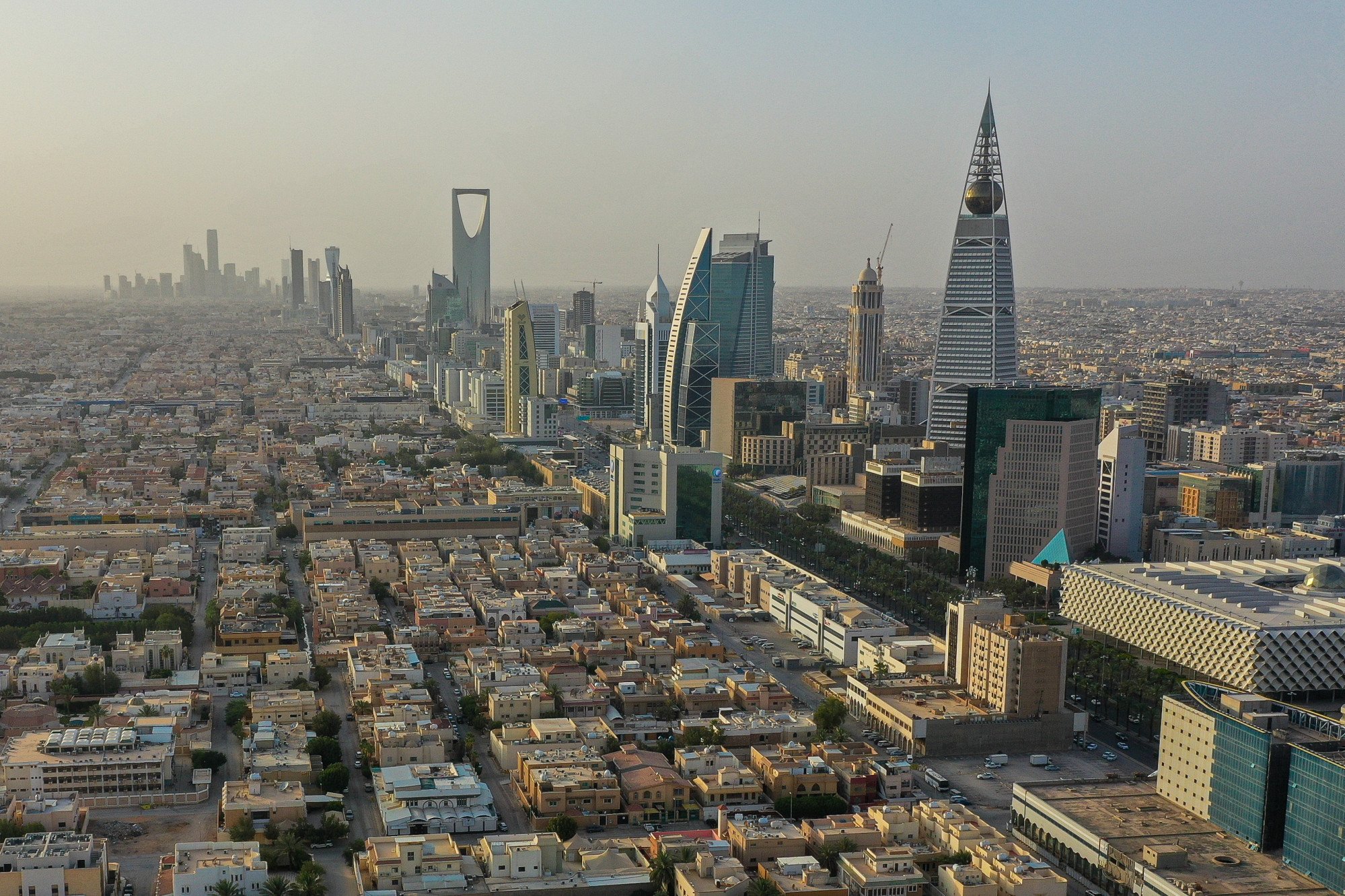
But analysts caution that dreams of sweeping free trade agreements, whether between the GCC and Asean or China and the GCC, could remain just that – at least for now. In the meantime, a flurry of bilateral deals between member states indicates the deepening strategic partnership between the regions.
The most recent example was Saudi Arabia’s US$27 billion in investment memorandums with Indonesia, signed during President Prabowo Subianto’s visit earlier this month.
“The bilateral conduct of relations between individual Asean member states and those within the GCC remains the modus operandi, as opposed to bloc-to-bloc engagements which favour style over substance,” said Clemens Chay, a research fellow of the National University of Singapore’s Middle East Institute.
Despite official statements “expressing the desire to deepen multilateralism from the Gulf camp, and indeed, despite Asean’s enthusiasm in strengthening interregional ties, there is much left to be desired even in the economic realm besides declarations of the lowest common denominator”, Chay added.
Still, there is a sense that relations are moving beyond transactional relations. “After a trial period of ‘testing the waters’, it is now time to strategically shape economic relations and foster concrete trade opportunities between the two sides,” Dao said.
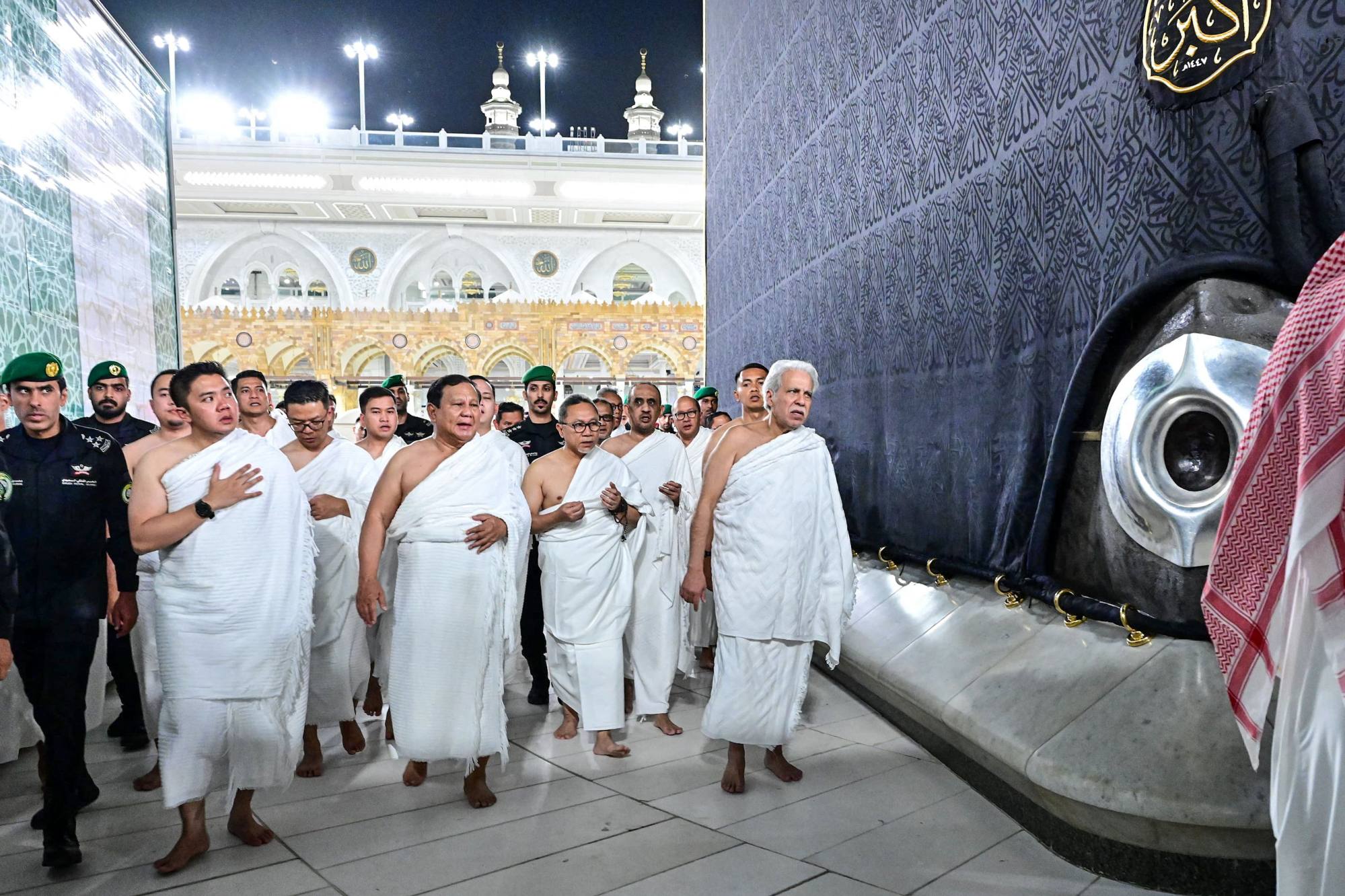
An ‘Asian Union’?
China’s invitation to this year’s Asean-GCC summit has recast the evolving partnership as one between equals in the Global South, rather than a one-way relationship in which the Gulf bankrolls Asean’s development.
Dao said this approach would “differentiate the nature of Asean-GCC relations from Asean’s traditional trade and investment partnerships with Global North actors” such as the US, EU, South Korea and Japan.
In addition to long-term investments, Gulf states have been exploring multisectoral initiatives aligned with Asean’s national and regional aspirations. Examples include the UAE committing US$10 billion to Indonesia’s sovereign wealth fund Danantra in February, and the growing engagement between Vietnamese conglomerates and Gulf partners.
On July 10, Vietnamese media outlets reported that state-backed Emirati technology group G42 had announced plans for a US$2 billion data centre in Ho Chi Minh City, in partnership with local players FPT Corp, VinaCapital and Viet Thai Group. And earlier this year, Qatari private equity fund JTA Investment signed a memorandum with Vingroup to explore a potential US$1 billion investment in electric vehicle maker VinFast.
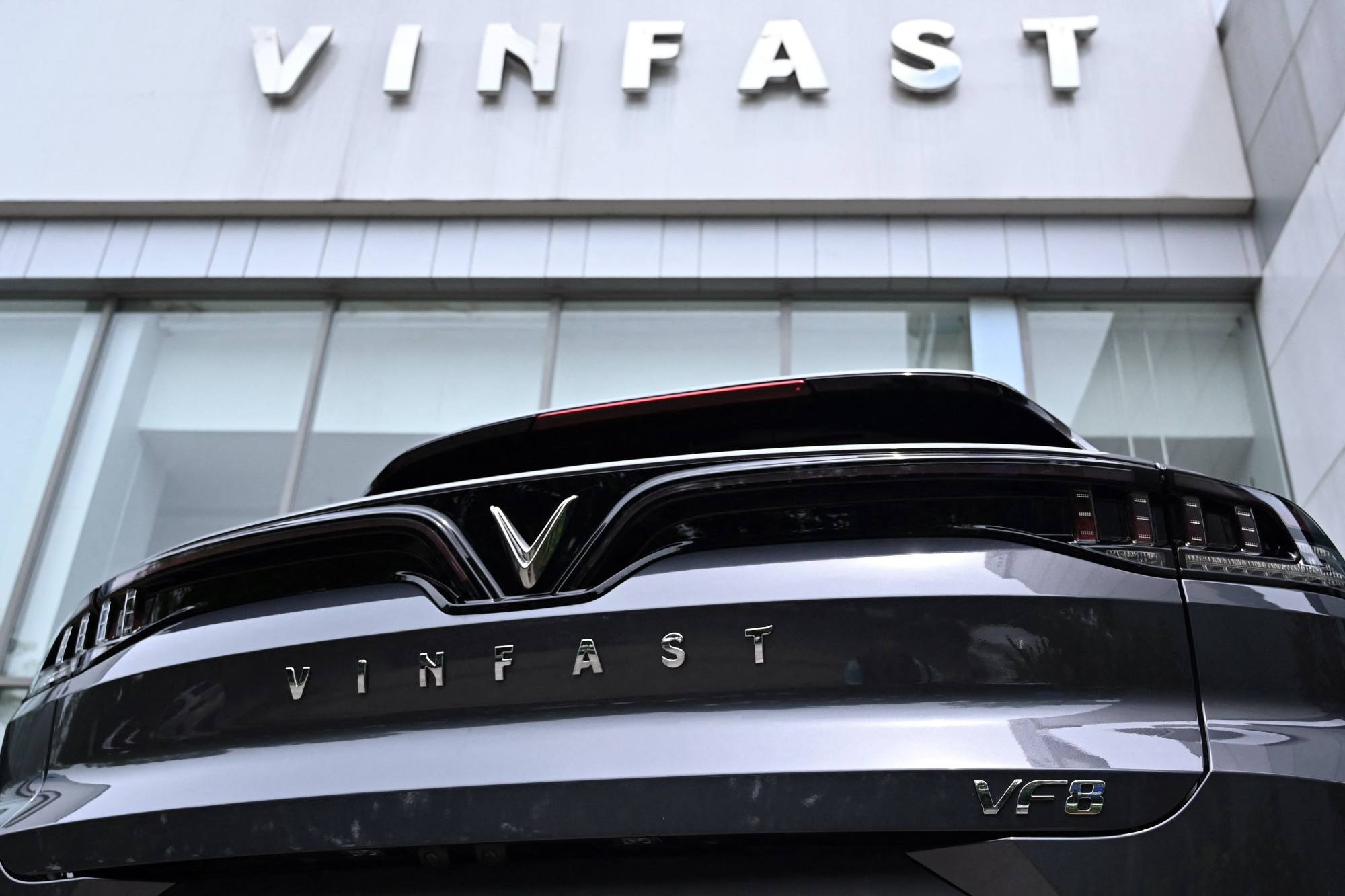
“Both Asean and GCC countries are rewriting their growth playbooks through state-led sustainability agendas, forging a parallel transformation from legacy economic models into green innovation hubs,” Dao said.
Chay said that both the Gulf and Southeast Asian blocs were driven by a “mutual understanding” of the tensions dividing the US and China. Out of this shared perspective “lies an impetus” within both camps for “diversification of international partnerships, however budding the interregional arrangement may be”, he said.
China’s participation in May’s Kuala Lumpur summit “presented both blocs not only with the opportunity to exchange notes on Beijing’s conduct in international relations, but also to recognise China’s growing role in both regions”, Chay said.
Zulfikar, speaking from Jakarta, cautioned that some Asian nations – India, in particular – would be reluctant to join a broader pact with China, but said that this should not stall progress.
“An Asian Union anything like the European Union is unlikely any time soon or maybe ever, but other significant groupings within Asia should be encouraged among willing participants,” he said.
For now, a full-fledged pan-Asian economic union may be a distant aspiration. But the Gulf and Asean are laying the foundations.